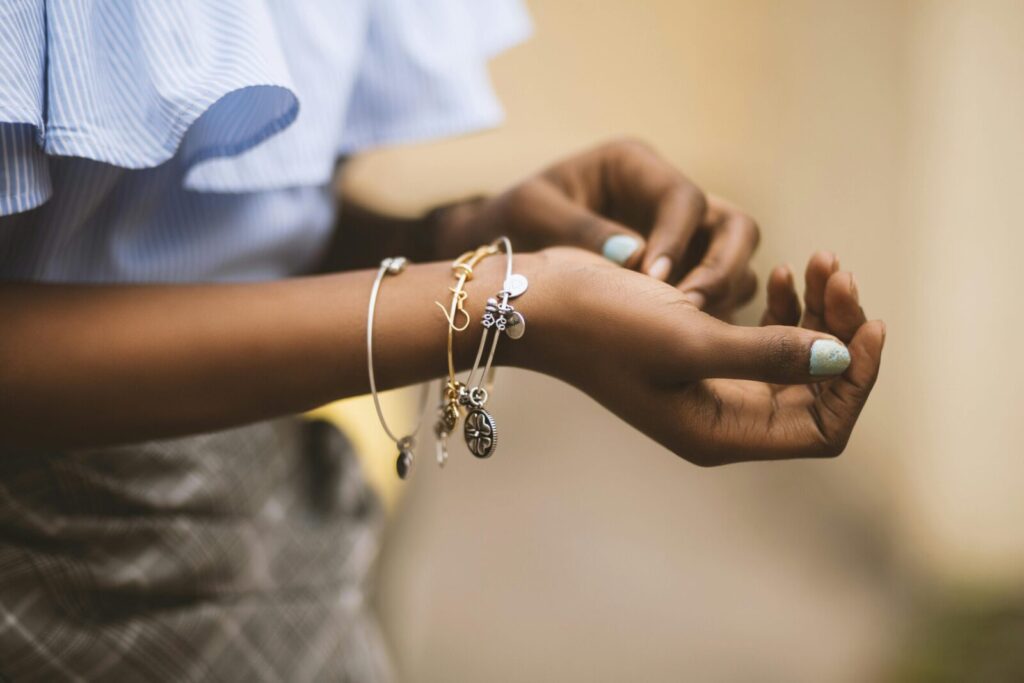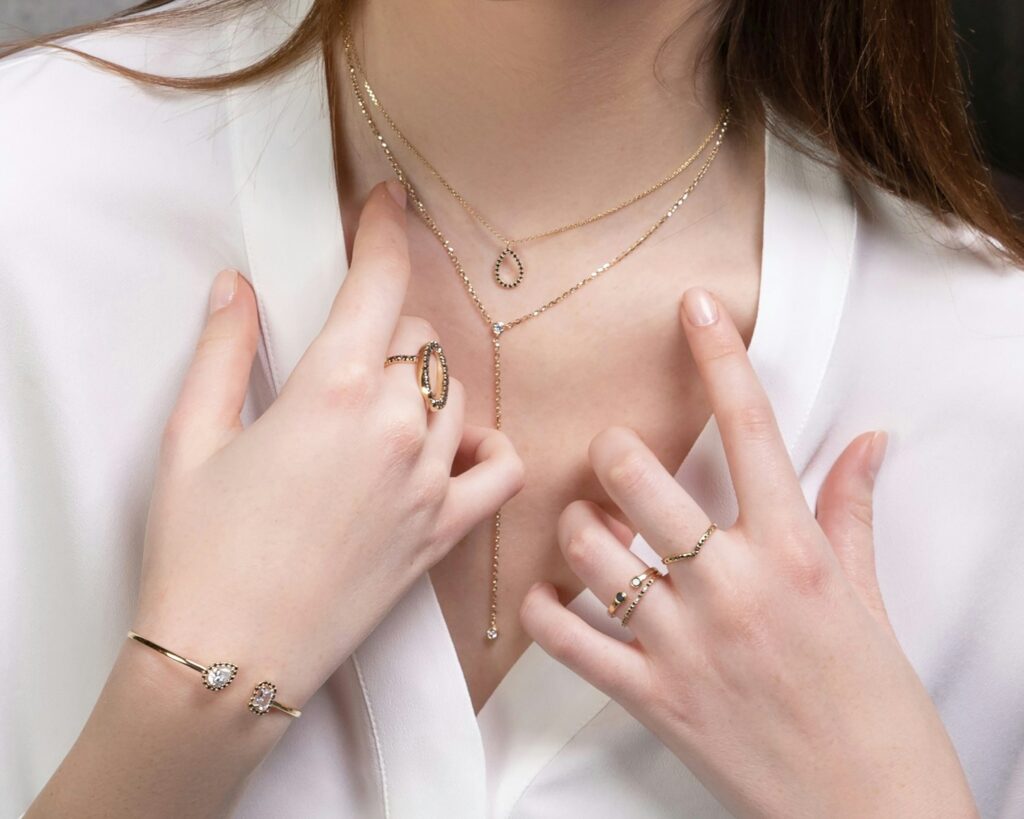Jewelry is much more than a simple accessory; it is a reflection of identity and personality that communicates who we are without needing words. Each piece we wear, whether a subtle bracelet or a bold necklace, tells a story about our tastes, moods, and values. Psychologists note that the jewelry we choose can influence how others perceive us while shaping our own self-image. It can evoke memories, mark important milestones, or signify cultural and personal beliefs. By understanding the psychology behind these choices, we can appreciate jewelry as an expressive tool that allows us to connect our inner selves with the outside world. Wearing jewelry becomes not only a fashion statement but also a meaningful form of personal storytelling.
Jewelry as a Reflection of Personality

The jewelry people choose often mirrors their unique personality traits and preferences. For example, someone who favors minimalist designs may value simplicity and elegance, while someone drawn to vibrant statement pieces might enjoy standing out and expressing confidence. Accessories act as subtle signals that convey messages about our character and the way we approach life. Jewelry choices can reveal creativity, adventurousness, or a desire for stability. Even sentimental pieces, such as inherited family jewelry, reflect emotional connections and values. Understanding these choices helps us see how accessories serve as extensions of our identity and personal style, allowing us to communicate who we are without speaking.
Emotional Significance of Jewelry
Jewelry carries deep emotional weight that often goes beyond its aesthetic value. Many people wear pieces tied to important life events such as birthdays, anniversaries, or achievements. These items serve as tangible reminders of cherished memories, loved ones, or personal milestones. Wearing jewelry with emotional significance can provide comfort and a sense of connection, even during challenging times. It may also act as a form of self-reward or motivation, reinforcing positive feelings and boosting confidence. By recognizing the emotional resonance of accessories, we can appreciate their role not just as decoration, but as meaningful tools that help us navigate life and preserve important experiences.
Cultural and Social Influences
Jewelry is often deeply intertwined with culture and social identity, reflecting traditions, values, and societal norms. In many cultures, specific materials, designs, or symbols carry particular meanings that convey social status, beliefs, or rites of passage. Wearing culturally significant jewelry can express pride in heritage or alignment with a community. Social influences, including trends, media, and peer groups, also shape jewelry preferences, guiding what is considered fashionable or appropriate. By understanding these cultural and social dimensions, we see that jewelry functions as both personal expression and collective communication, connecting individuals to broader societal narratives while allowing unique self-expression.
Jewelry and Self-Perception

The accessories we wear can significantly influence how we see ourselves, shaping confidence and self-esteem. Wearing a favorite piece can make someone feel empowered, stylish, or professional, while experimenting with new styles can inspire creativity or personal growth. Jewelry serves as a form of psychological armor, helping individuals express moods and intentions outwardly. The act of choosing and wearing specific pieces allows us to curate our personal image and project desired traits. By recognizing this connection between self-perception and adornment, we understand that jewelry is not merely decorative; it is a tool for cultivating self-awareness and reinforcing the identity we wish to present to the world.
Jewelry as Storytelling
Every piece of jewelry has the potential to tell a story, whether about personal experiences, relationships, or life journeys. Heirlooms passed down through generations carry historical and emotional narratives that connect wearers to their roots. Modern pieces often reflect individual milestones, accomplishments, or artistic expression. Statement jewelry can spark conversations and allow wearers to share their stories in a visual and symbolic way. The symbolic nature of jewelry transforms it from a simple accessory into a medium for storytelling, bridging personal history, aspirations, and identity. Recognizing jewelry as a narrative tool adds depth to its value and encourages mindful, intentional choices in what we wear.
Choosing Jewelry with Intention

Selecting jewelry with intention enhances its power as a form of self-expression. By considering factors such as personal style, emotional significance, cultural meaning, and the message we want to convey, we can make choices that feel authentic. Thoughtful selection also fosters a connection between the wearer and their accessories, turning pieces into symbols of identity and memory rather than purely decorative items. Intentional choices can align jewelry with personal milestones or moods, allowing each piece to carry a distinct meaning. By approaching jewelry selection mindfully, we not only elevate our appearance but also enrich the psychological and emotional impact of the accessories we choose to wear.
Comments